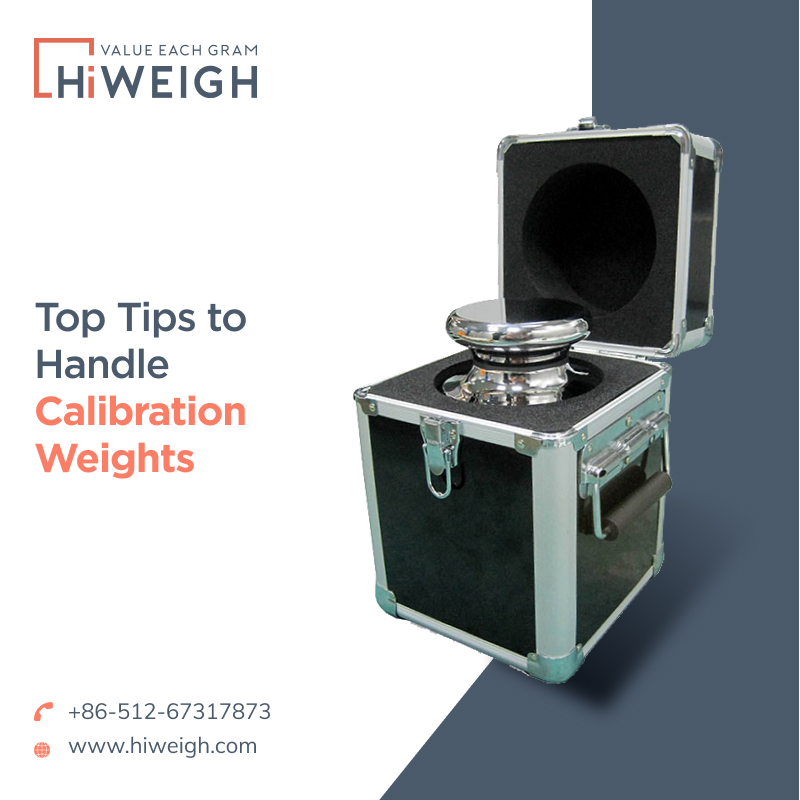One of the significant aspects of accurate weighing is the frequent calibration of the balances. When you use calibration weights to conduct a manual calibration, it needs to be handled with care to get the correct measurements. Given below are the top tips about the best ways to care for your calibration weights.



Best ways to handle calibration weights
Regardless of the application or the weighing instrument, calibration is important. Without proper calibration, the results obtained from the scale or balance are neither reliable nor accurate. Hence, calibration weights are required to be cared for so that their usefulness could be maintained in the long term. Here are the top tips to ensure that your calibration weights are working properly.
Storage
It is highly recommended to keep the calibration weights in their original packaging so that it doesn’t get mixed up with other weights. At the same time, to keep them away from dust and dirt. On the other hand, if the original cases are not available then the store weights should be kept below a cover like a bell jar or placed on fresh acid-free tissue.
Apart from that, it would be wise to store the weights along with the balances so that both are at the same temperature when you need to use them. However, if they are kept separately in different temperatures then they should be allowed to adaptto the same temperature before use. So always make sure to monitor the temperature before using it.
Handling calibration weights
Make sure to wear gloves or use tweezers when handling the weights so that it doesn’t get any dirt, dust, lint, or fingerprints on the surface. Our hands are often greasy and that can leave behind an oily film that could affect the readings of mass at the time of measurements. Simultaneously, one should be careful when handling large weights. If any gloves or cloth is being used when handling the weights, it should be clean and without any lint or loose materials that may get left behind on the weights.
It is advised to never use bare hands when handling the calibration weights. Also, if any tweezers are being used then they must be non-magnetic and non-abrasive. In the case of gloves, it would be better if they are made of cotton, nylon, or leather materials. If you’re lucky then you might get gloves or tweezers along with calibration weight for proper handling of the equipment. Also, ensure that it is not dragged over surfaces or handled with care to avoid getting any scratches
Inspection
Prior to using a calibration weight, it is advised to look for water, dust, or any other contamination. As discussed before, weights should be kept in a proper place to prevent them from getting contaminated.
Nonetheless, it should be checked always before use. If in any case, you discover dirt or dust on the surface of the weight, it should be cleaned carefully with a microfiber cloth or soft brush to remove it from the surface. Cleaning chemicals or detergents should be strongly avoided for cleaning the weights.
Likewise, check for fingerprints, corrosion, or any other thing that could affect the weight accuracy. Take the help of a magnifying glass if needed. In case a weight is required to be cleaned or dried with a brush or cloth, it should be allowed to let the static charge dissipate by not using it for some time.
Conclusion
Caring for calibration weights doesn’t have to be a headache. One should follow the best practices so that they can be used for a long time without any hindrance.
